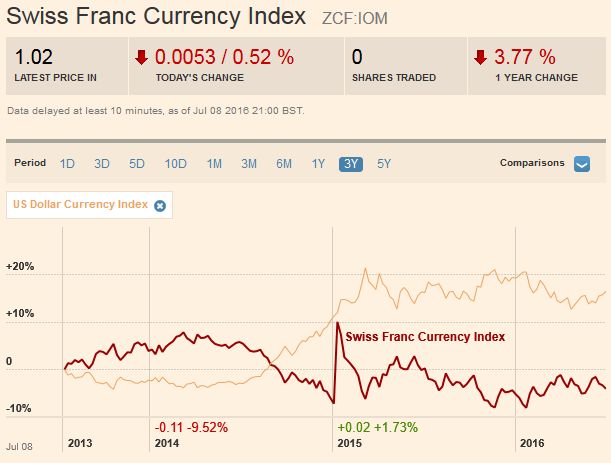 Many Austrian economists have misjudged the recovery after the financial crisis. Many were waiting for hyperinflation and the collapse of central banks. The argument was that monetary expansion and monetization of debt would cause hyperinflation. Central banks would then need to pay interest on their liabilities, via “quasi-fiscal deficits”. What economists betting on the end of our current system did not see, is that the Austrian principle of “too cheap and too much money leads to wrong investments”, is currently not valid.
Many Austrian economists have misjudged the recovery after the financial crisis. Many were waiting for hyperinflation and the collapse of central banks. The argument was that monetary expansion and monetization of debt would cause hyperinflation. Central banks would then need to pay interest on their liabilities, via “quasi-fiscal deficits”. What economists betting on the end of our current system did not see, is that the Austrian principle of “too cheap and too much money leads to wrong investments”, is currently not valid.
Due to high risk aversion after the financial crisis, firms only do the best and the most secure projects, firms possess lots of unused cash, many companies and households preferred to pay off debt. At the same time, Germany introduced austerity and implicitly labour cost reduction measures that make the euro zone look like a gold standard area. Thanks to very small wage increases, global competition and supply, inflation remains low. Austrian economists were right before the crisis, but after the crisis the mixture between Keynesian measures and the German neo-liberal reforms was successful, at least till now. The issue for us is that once the “fear of debt” genie is out of the bottle, it is hard to put it back in. Just wait another ten or twenty years and hyperinflation might come back due to higher salary demands by Chinese workers and global aging issues.
The text is still worth reading: “hyperinflation and quasi-fiscal deficits”
See more for



















